Webpages tagged with «Ecology» - Page 2

Increased sea temperature due to climate change can influence the distribution, abundance and seasonal timing of zooplankton. Changing zooplankton dynamics might in turn impact the higher trophic levels, such as fish and seabirds, feeding on these animals. In a recent paper, we show that temperature variation in the Atlantic waters of the Norwegian Sea and Barents Sea might have stronger effects on the abundance of the younger than older development stages of Calanus finmarchicus, and that these stages might appear earlier in spring during warm years.

Understanding the interaction between species is particularly actual in marine systems where ecosystem approach of management is desirable. This is particularly the case in high latitude systems such as the Barents Sea where climate change effect is supposed to be the strongest.
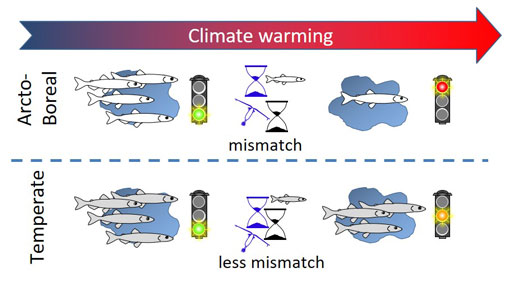
Climate warming is changing the timing of among others the reproduction for plankton or fish. Predators depend on an abundant prey supply to feed their young and insure that they survive. When the timing of the prey and the predator are not in synchrony the predator young cannot feed and are dying: there is a mismatch.
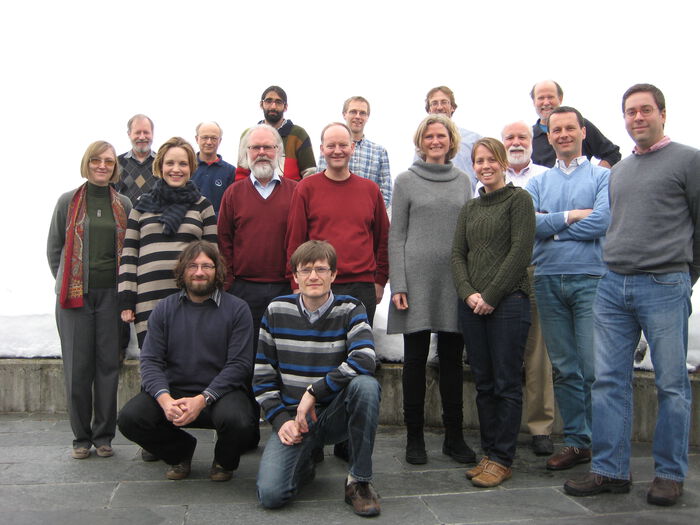
Understanding the drivers that determine the productivity of marine ecosystems is an important issue. Climate and exploitation interact in their effects, such that climate alterations may cause failure in a fishery management scheme while fisheries may disrupt the ability of a population to withstand, or adjust to, climate changes.
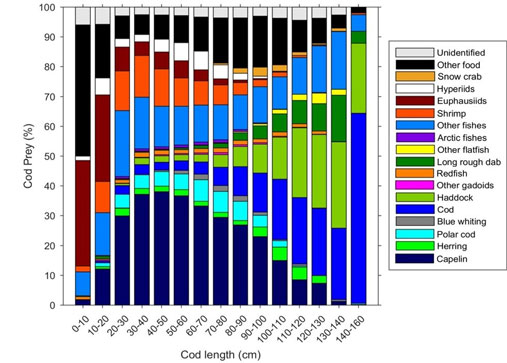
The Atlantic cod is one of the major predator in the Barents Sea estimated to consume over 5 million tonnes of fish in 2017. In a recent paper (Holt et al. 2019) we explore the diet of this species using a unique dataset encompassing 33 years of cod stomach sampling by Russian and Norwegian scientists. This time-series is the most comprehensive available cod diet dataset to date and is crucial in helping to answer ecologically important questions on what cod eat and why it matters for predator-prey and food-web dynamics in the Barents Sea ecosystem.

In 2005 Stenseth and colleagues wrote a tribune in the Theme section of MEPS ‘Bridging the gap between aquatic and terrestrial ecology’ arguing on the mutual benefit of uniting ecologists to give birth to new science and understanding. In December 2014 we got funded a big project by the Norwegian Research Council to do just so in Norway.
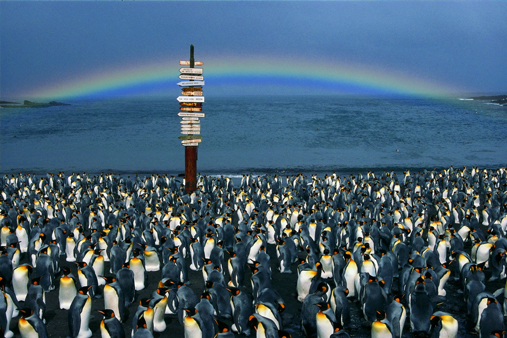
Much of our present knowledge on the ecology and behaviour of animals is derived from longitudinal studies of individuals using long-term datasets. The collection of such datasets requires the ability to identify individuals repeatedly over time, i.e. by individual markings. Here comes the problems for Penguins.
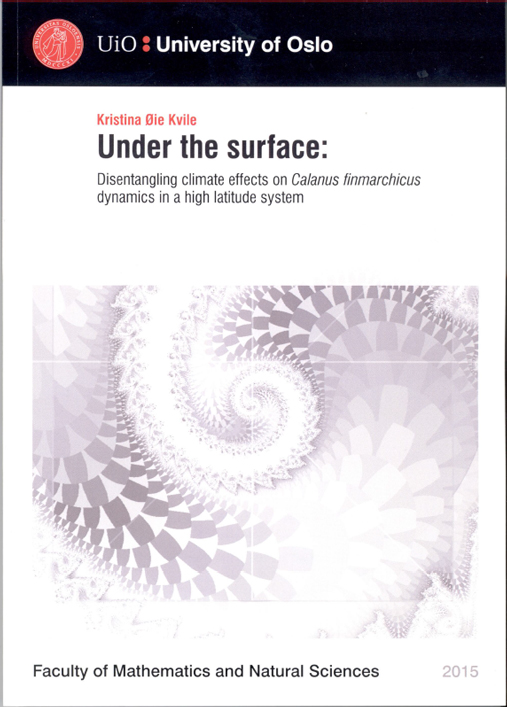
Friday 11 December 2015, Kristina Øie Kvile has defended her PhD about the climate effects on Calanus finmarchicus dynamics with success.

Many heavily fished fish stocks are dominated by young and small fish. The reason is simple: the chance to reach old age is small. If the fisheries selectively target large fish, the dominance of young and small fish becomes even larger. Such skewed age and size distributions can make the fish populations more sensitive to detrimental effects of oil spills.

Population abundance depends on production of young and survival of adults. Assessing the contribution of young production to population growth and identify the main drivers of its variability may help to identify appropriate stock management measures. What happens when several stocks, belonging to different trophic levels and habitats, as well as having different exploitation histories are sharing the same environment?












.jpg?alt=listing)
